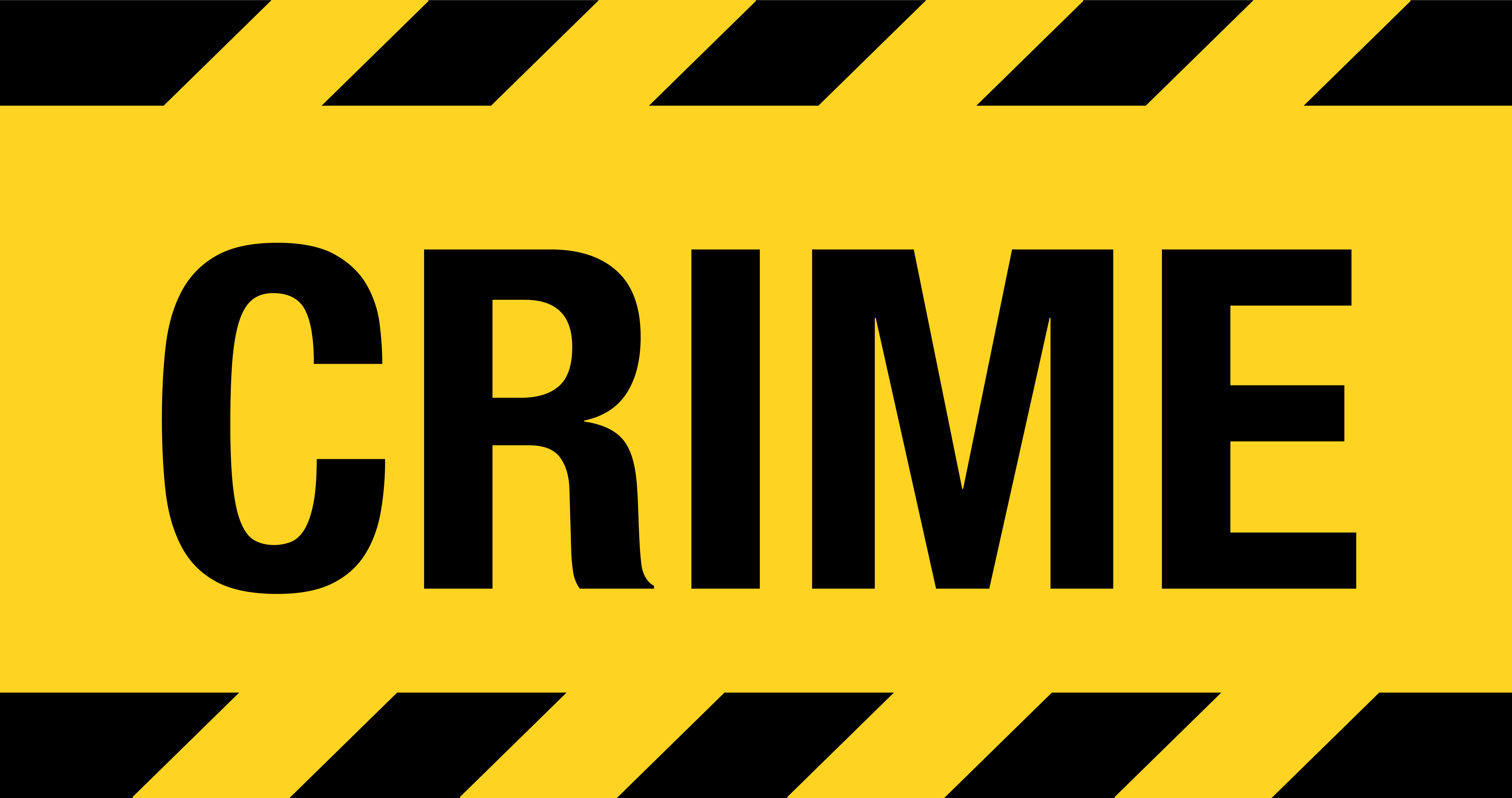Ohio played a major role in leading escaped slaves from lives of captivity to their dreams of freedom.
The Underground Railroad, a legendary path to freedom used by thousands of runaway slaves, was an intricate system designed to reach northern destinations where many slaves found it possible to avoid recapture.
“Ohio was very important to the success of the Underground Railroad,” said Warren Van Tine, professor of history at Ohio State. “Ohio was perhaps the key state in regards to the success of the Underground Railroad because of its location.”
According to Van Tine, the Ohio River and Lake Erie provided access to both Canada and Virginia.
Canal systems, such as the Miami and Erie Canal completed in 1845, as well as motorized rail systems and freight trains gave slaves and their conductors options for escape.
Locations throughout Franklin County can boast of their participation within the Underground Railroad.
Several buildings standing today served as stations. These buildings include Second Baptist Church, the Kelton House Museum and Gardens, Margaret Agler House and Southwick-Good Funeral Chapel, located at 3100 N. High St.
“I think the operation of the Underground Railroad is a very important part of American History,” said William Good, owner of Southwick-Good Funeral Chapel. “We’re proud to be a part of it.”
In “Vignettes,” a series of volumes documenting Ohio History, it notes “every second old house had been a station on the Underground Railroad.” William Siebert, who once served the OSU campus as a professor and history department chair, attempted to document this legacy.
“Siebert was one of the first people to really research and document the subject,” Van Tine said.
Although his books and research provided an extensive history of Ohio counties, the paths taken by runaways and their conductors and several personal experiences, some may consider his works to be missing some important facts.
“His (Siebert) work is incomplete. There are a number of underground conductors within his documents that are not addressed, especially African-Americans,” Van Tine said. “One of the key things is that Siebert and others who have done research on the Underground Railroad wrote from a white perspective.”
Shrouded in secrecy, finding information on certain locations suspected of being a station on the railroad can prove to be a difficult task.
“It’s very hard to find data because people just don’t really know for sure,” Van Tine said.


